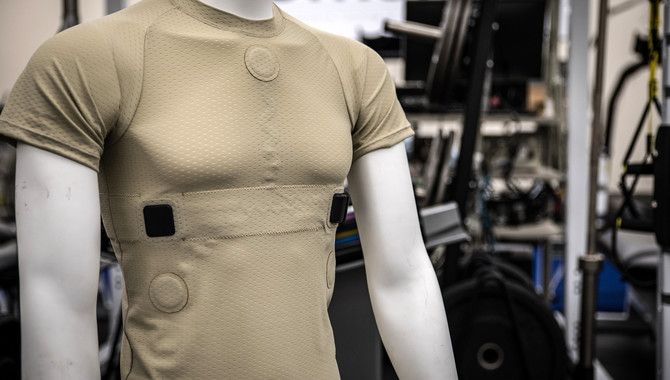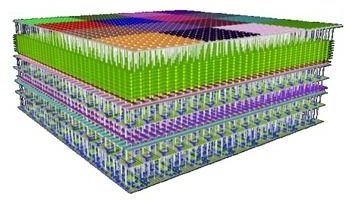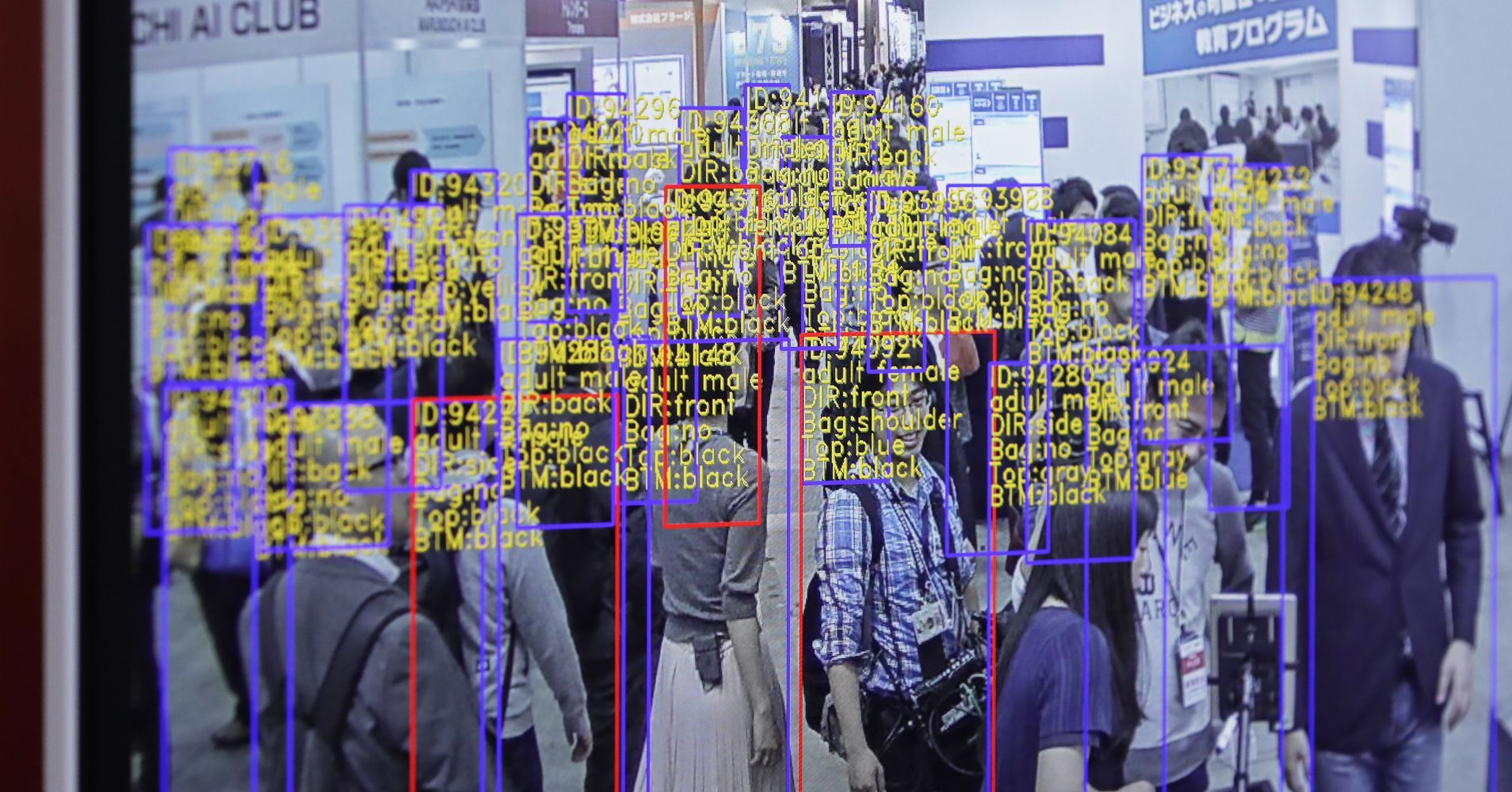Wearable medical technology is designed to be small and lightweight to minimize additional burden on medical Airmen and the warfighter, whether they are on a remote battlefield or aboard an aircraft.
“Wearables provide greater accessibility,” said Dr. David Burch, a research biomedical engineer and the medical technology solutions team lead for the En Route Care Medical Technology Solutions Research Group, 711th HPW. “An aircraft has a very tight space and weight limit to maintain performance, and battlefield medics need to carry everything they use. Wearables provide accessibility to the human in a way that is better form, fit, and function.”
One wearable device that achieves that accessibility is a tissue oxygenation sensor, developed jointly with a private company. This small, soft, injectable sensor lets medics determine if a patient is able to be medically evacuated by assessing how well their blood transports oxygen to tissue.







